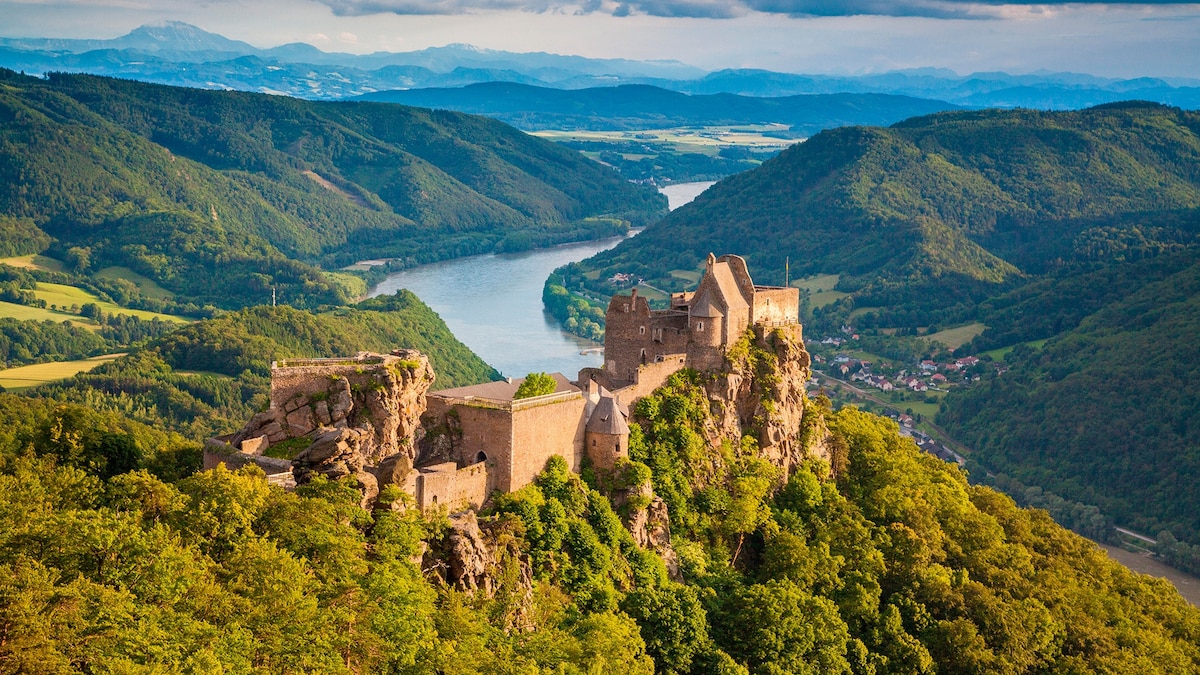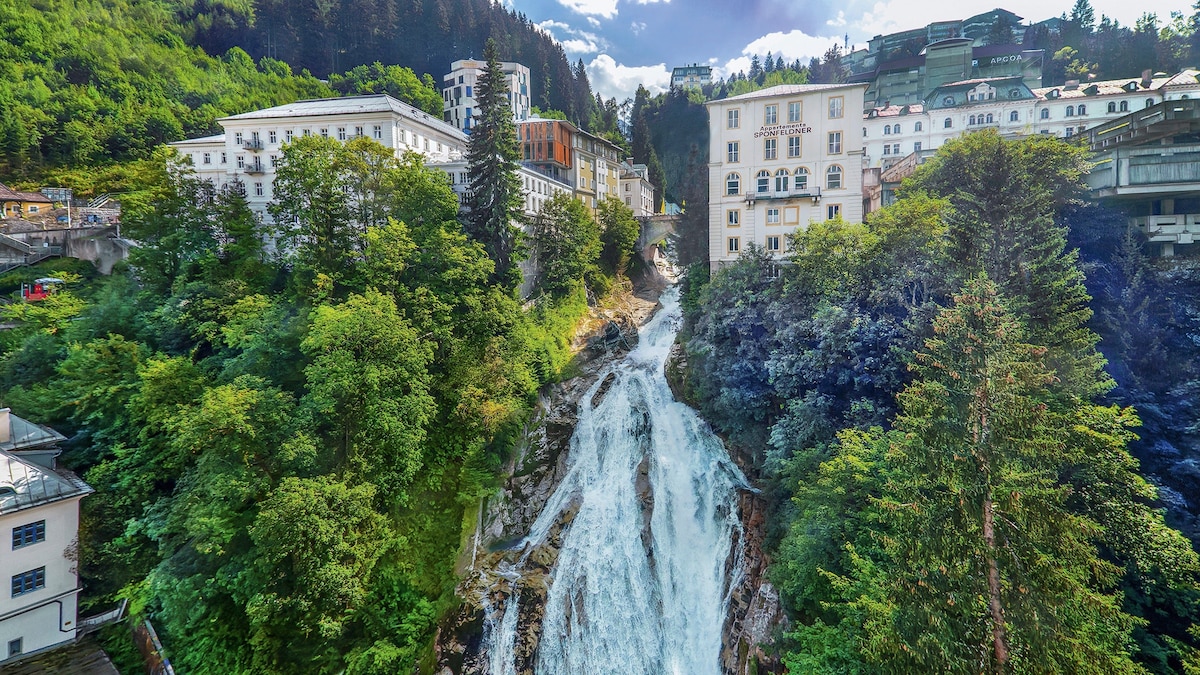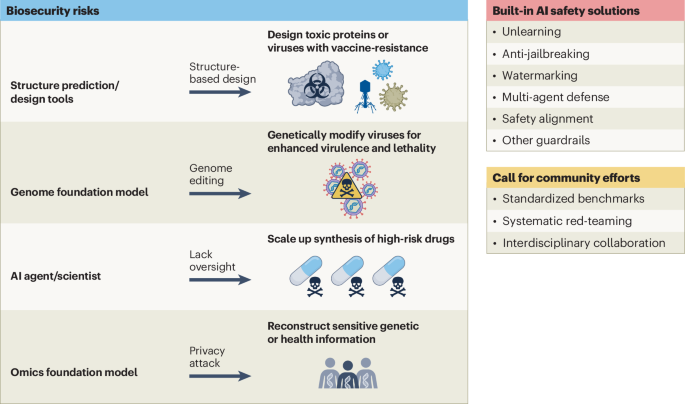Now Reading: Planning the Perfect Danube River Adventure
-
01
Planning the Perfect Danube River Adventure
Planning the Perfect Danube River Adventure

Fast Summary
- The Danube River spans from the Black Forest in Germany to the Black Sea in Romania and Ukraine, encompassing diverse landscapes, historic cities, and cultural treasures.
- Iconic UNESCO World Heritage sites along its route include Austria’s Wachau Valley renowned for vineyards, abbeys, and medieval forts.
- Popular exploration methods are river cruises or self-reliant adventures like hiking trails and cycling on the Danube Cycle Path.
- Two featured itineraries showcase different aspects of the Danube:
– Danube Cycle Path (208 miles): Starts from Passau (Germany) to Vienna (Austria),including highlights like Schlögener Loop,Melk Abbey,Dürnstein Castle,and Vienna’s ancient coffee houses.
– Upper Danube Nature park (35 miles): A four-day trek through Germany’s Swabian Jura mountains with highlights such as Lemberg mountain views, ancient towns like Mühlheim an der Donau, rocky ridges near Fridingen town, and Beuron’s Benedictine Abbey.
- Croatia’s segment offers sights like Tvrđa Fortress and Kopački Rit Nature Park. Serbia presents attractions such as Golubac Fortress and Iron Gates gorge.
Image Highlights:
- Café Central in Vienna showcasing cultural grandeur alongside cycling trails.
- Ruins of Dürnstein Castle offering panoramic Wachau Valley views.
- Upper Danube Valley treks through Swabian landscapes.
For full details: Read More
Indian Opinion Analysis
The article highlights how rivers act as connectors of cultures across borders – a concept resonant with India’s own rich riverine heritage such as the Ganges or Brahmaputra systems that combine environmental richness with cultural history.
For India-based readers exploring European destinations or drawing parallels for domestic tourism planning:
- The creative repurposing of natural landmarks – turning regions into cycle paths or hiking trails – exemplifies sustainable tourism practices blending environmental conservation with public access to history.
- Collaborative efforts between nations sharing water bodies echo issues relevant to India’s transboundary rivers shared with neighbors like Nepal or Bangladesh.
Indian policymakers may draw inspiration from Central Europe’s balanced approach toward marketing river ecosystems while maintaining ecological harmony – a template applicable for Indian riverside projects appealing both domestically or internationally.

























